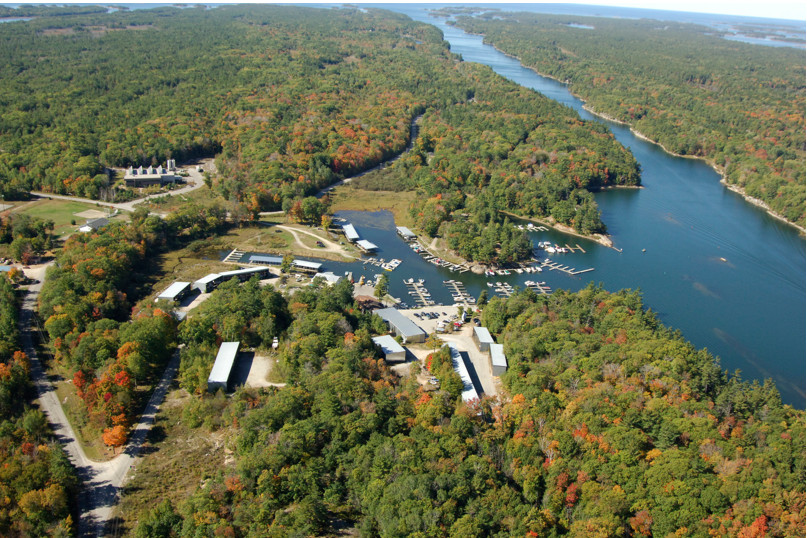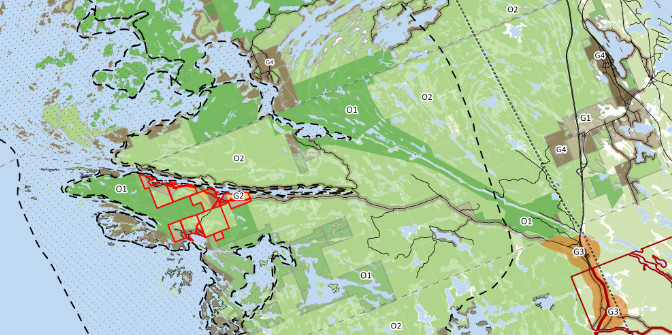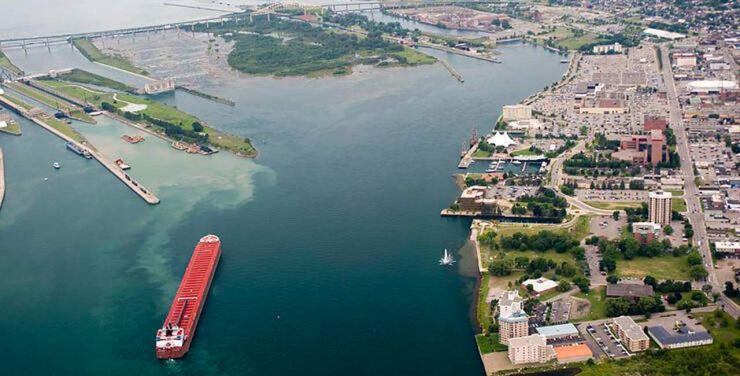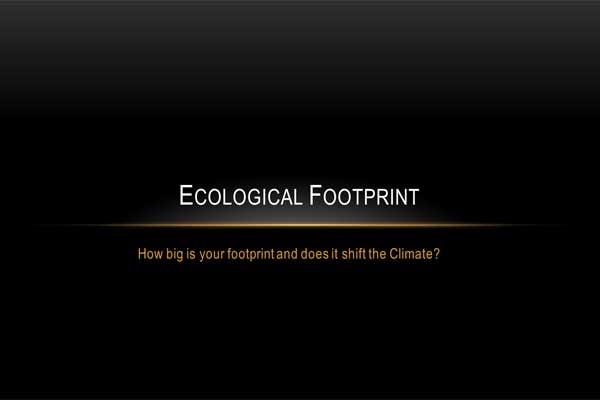Moose Deer Point First Nation - Strategic Priorities
Moose Deer Point has participated in numerous initiatives to expand community autonomy over its land base, its governance structures, and its economic options. The partners of Incite Planning have had the privilege of assisting with many of these efforts, in an advisory, an administrative, or a professional capacity.
I – Land Use Plan
The most recent initiative was an update of its Land Use Plan (LUP). This was a revision of the planning work done in 2002-2004 to facilitate the economic growth and land governance of the First Nation. Not only did it rely on current concepts such as zoning regulations, but also honoured the community’s tradition of holding all land in common, without the use of Certificates of Possession. Provisions were included for enforcement, appeals, approvals, and amendments. Recommendations were also provided for both immediate and future land-use priorities in terms of appropriate locations, possible barriers, and anticipated costs.
It was grounded in a technical review of the community’s physiographic, ecological, economic, and biological factors, along with an updated population forecast and its implications for infrastructure. A geographic review was also done on a regional and community basis to determine what areas were to be left open and which areas would be good for development. These areas were then allocated into several zones, based on local environmental buffers, soil suitability, transportation and pedestrian criteria.
Extensive engagements were also undertaken with specific groups such as kids, teens, elders, harvesters, staff, and business owners, plus the community On and Off reserve. These events included specific meetings with each group, land-based events, and a community survey to get a full sense of people’s understanding of their land.
II – Economic Plan
Updating the LUP was a suggestion that came from the Community Economic Development Strategic Plan, completed several years before. That initiative assessed the community's Strengths, Weaknesses, Opportunities, and Threats and involved a thorough census of its members as well as a survey of its youth. Extensive research was conducted of both the internal and external economic parameters and the regional ecological context. The outcome was a strategic guide for implementation and evaluation of economic proposals.
III – Additions to Reserve
Previously, we participated extensively in discussions that eventually united the community’s physically separated land holdings. Giving professional and technical advice to help secure the First Nation’s interests in the negotiations with the federal & provincial governments, the Ontario Ministry of Natural Resources, Ontario Parks, The District of Muskoka, and the Township of Georgian Bay. We also provided supporting documentation that accommodated the immediate neighbours, while protecting the ecological functions of the land itself. The process required an Environmental Study Report, for which we selected the consultants and coordinated the project.
IV – Economic Development
During this period, Moose Deer Point discovered an opportunity to create an enterprise with an industrial partner. This also generated intense interest from the neighbours and increased the need for dialogue amongst the Township, the MNR, and the First Nation. Part of the solution was a protocol to notify everyone regarding land use issues of mutual concern. We contributed to the drafting of the O’Donnell Point Notification Protocol, one of the first multi-lateral Consultation documents in Ontario.







